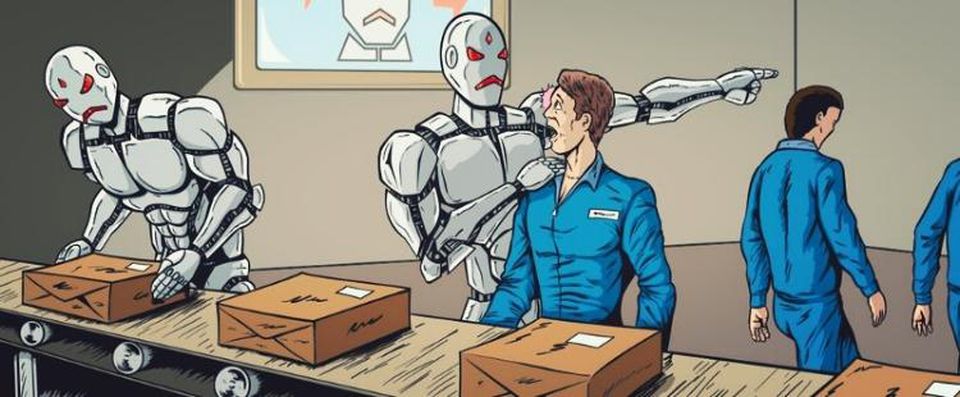
Hiring efforts can be considered futile when a freshly on-boarded employee decides to leave the company after barely a month of two of trial. However, recently companies have come to the conclusion that these mishaps might be due to a reason other than the fault of the specific individual that decided to leave the company.
Many of you probably know this already, hiring processes nowadays are extremely complex in their format. Usually composed of a multitude of stages from interviews to technical tests, the average hiring process takes about one month to be complete. The essential lesson here is that if a person decides to leave during their trial period, it is not due to a lack of motivation as they had the will to through the entirety of the hiring process in the first place.

The problem that was investigated was an instance of double information asymmetry.
On the job seeker perspective, the candidates have the advantage of knowing exactly what is sought after by the companies. By analyzing the job description, a person could precisely determine what experiences, traits of character or values that the company is looking for. Usually, by exploiting this information, the candidates will personalize and modify their profile in order to meet the employer’s wants. This is a case of Morale Hazard as the misinformation is conducted prior to the transaction, i.e. hiring that person, under the form of signaling the employer with non-representative characteristics.
On the other side, from the point of view of the employer within a company, the job description will also be an altered version of what the real job is. The Morale Hazard here is also done through signaling, by misrepresenting the core job functions in order to attract as much talent as possible. For example, stating that the job’s missions are usually 50% administrative tasks and 50% project management tasks while in reality the ratio might be closer to 80-20.

Interviews are used as screening tools to try to separate the most suited candidates from the least suited. However, these tools can prove to be less effective than expected as the interviewee can easily prepare for it in a non-truthful way.
Here we mention ‘non-truthful’ or mention how sneaky it might be to exaggerate about your profile, but the candidates cannot be blamed. The double information asymmetry happens because there is also an asymmetry of goals.
On one side, the goal of the job seekers is to get the job. It is not to ‘enhance the company’s growth’ or ‘help them in their mission’ as commonly stated during interviews, but often it is simply to get hired. And on the other side, of course the company’s goal is to find the best person for the job at a reasonable salary.
An interesting solution to put an end to this information asymmetry would be to use platforms that accept only one resume per candidate (instead of one per job application) and where details about the job description are revealed later, such as during the first interview.
What are your thoughts and ideas to tackle this information asymmetry?
Resources:
LinkedIn post that inspired me (in French):
https://www.linkedin.com/feed/update/urn:li:activity:6851817268762968064/
Article for further discussion:
https://www.business2community.com/human-resources/how-to-crush-hiring-by-recognizing-information-asymmetry-02251645



